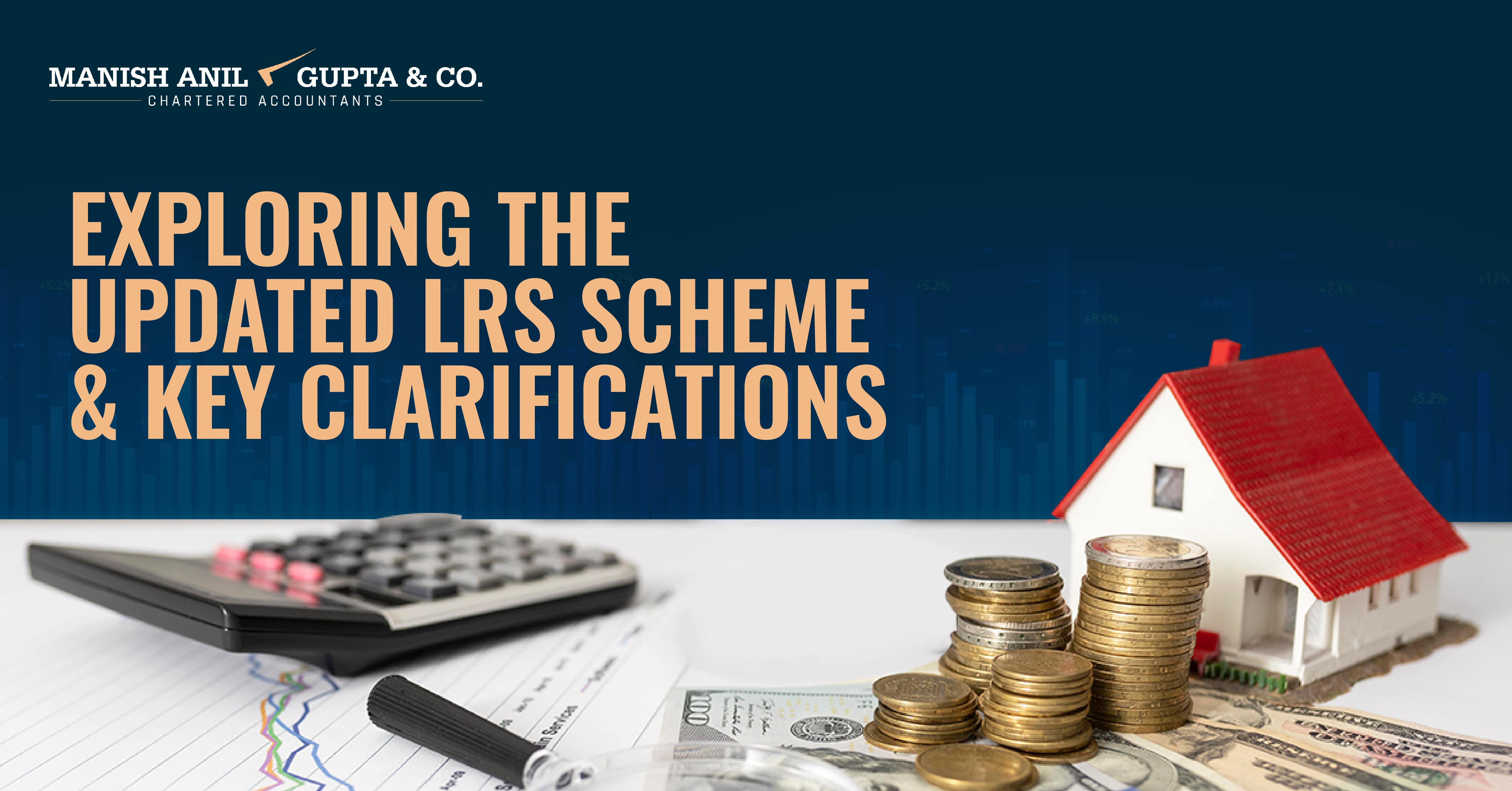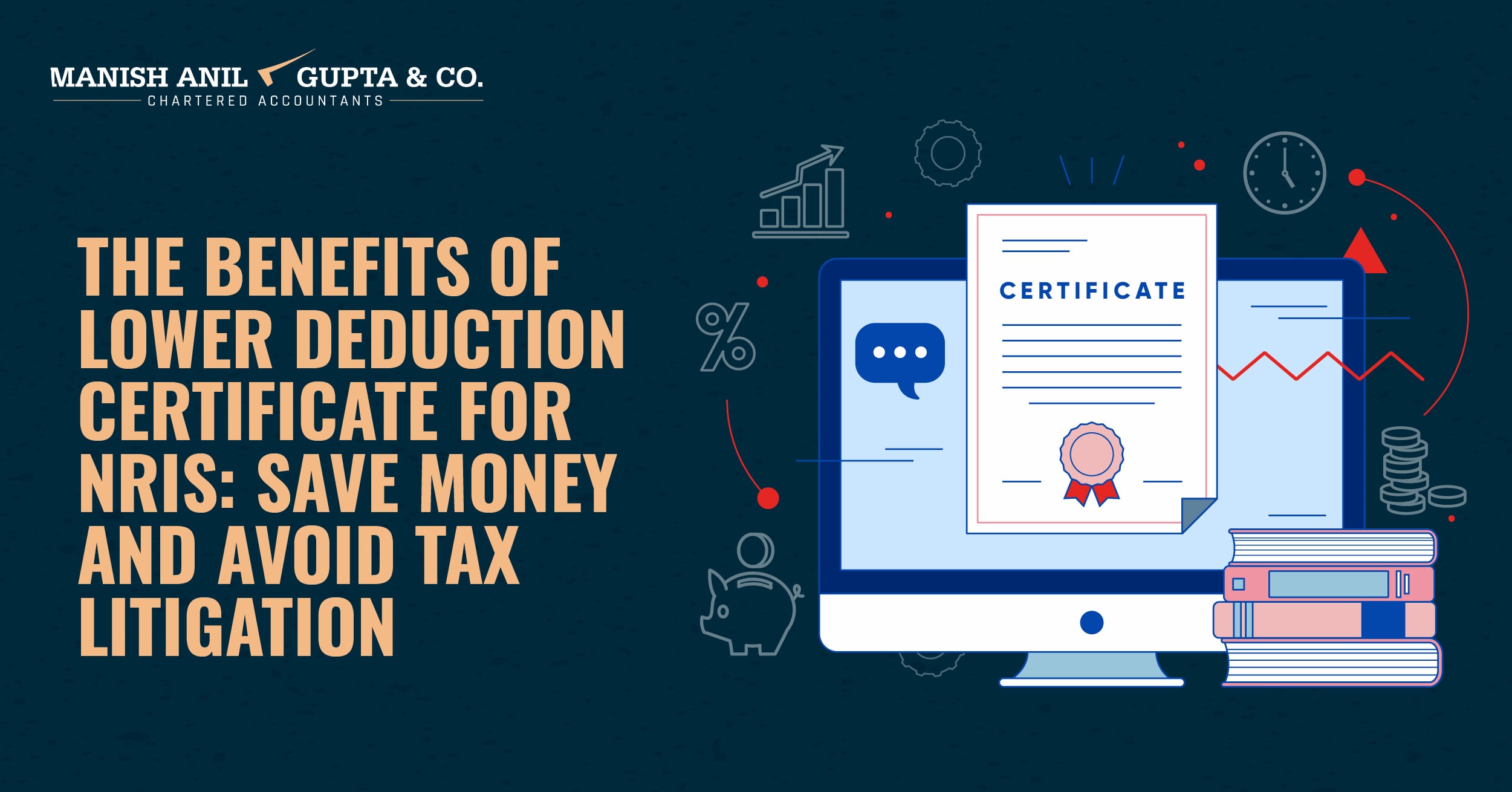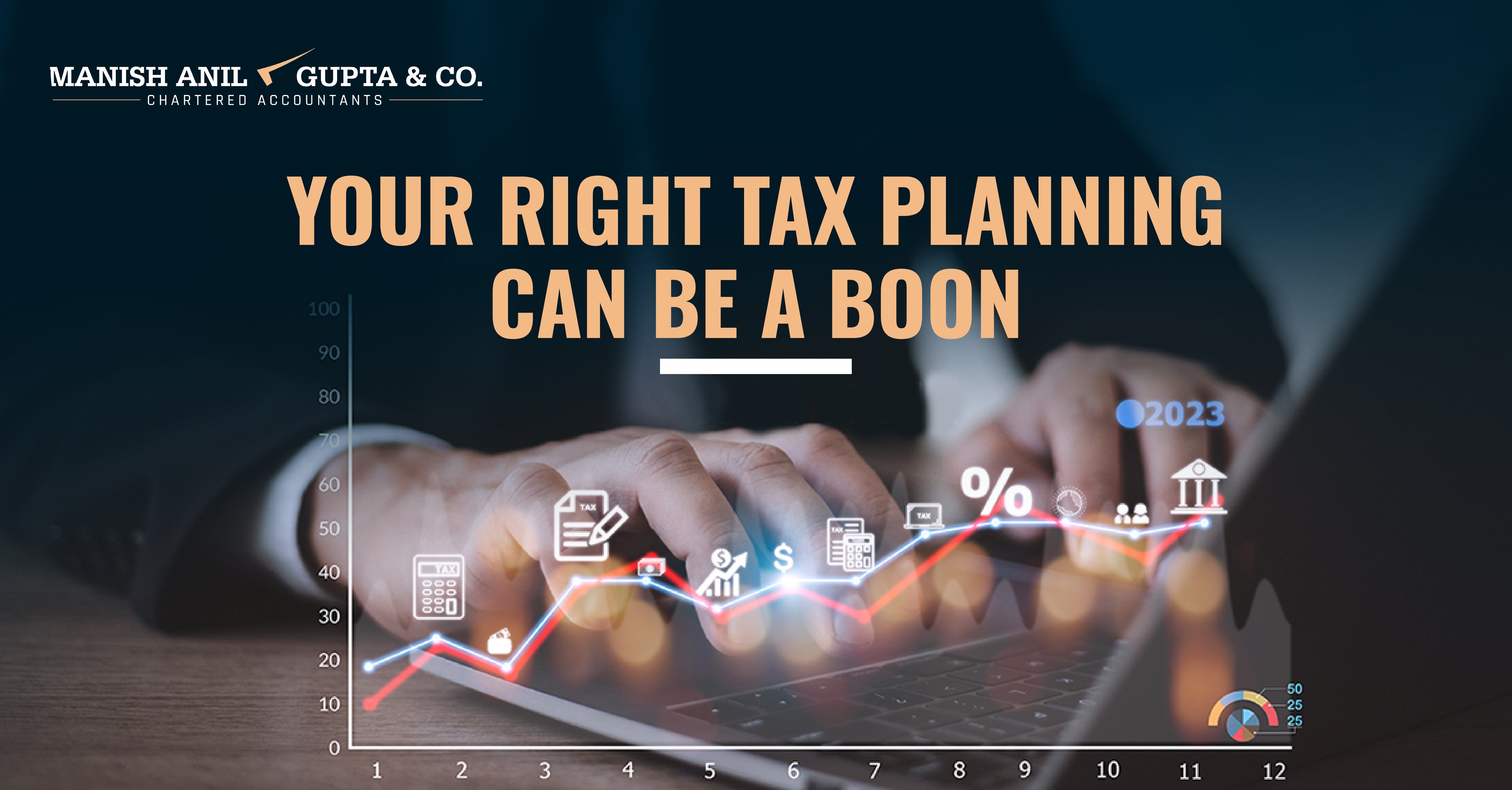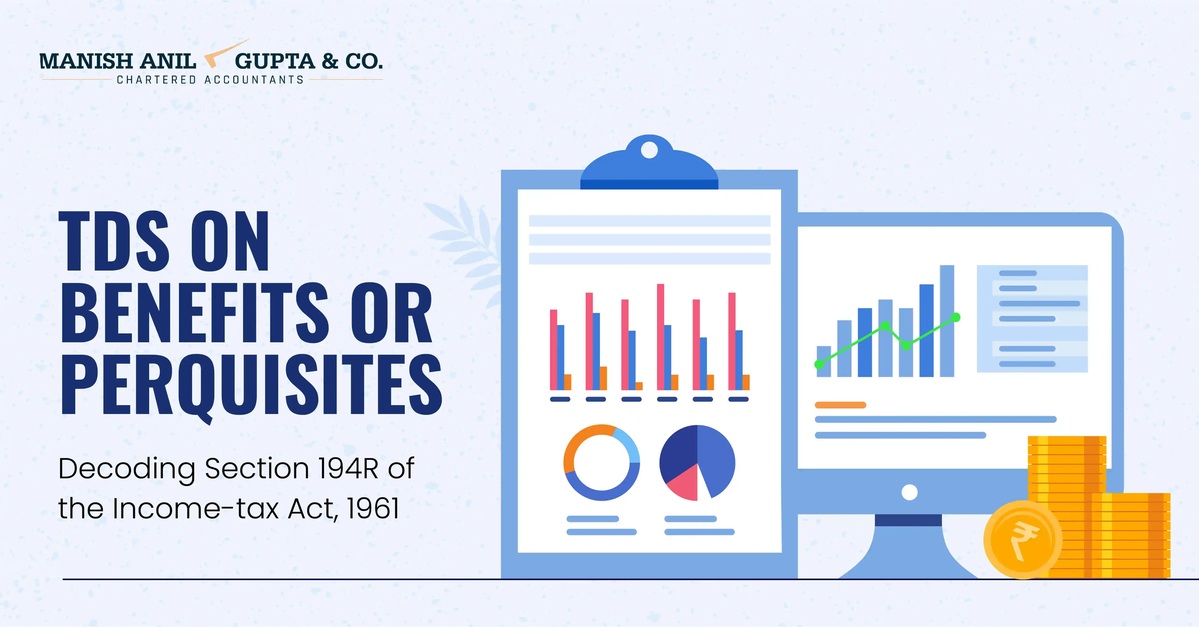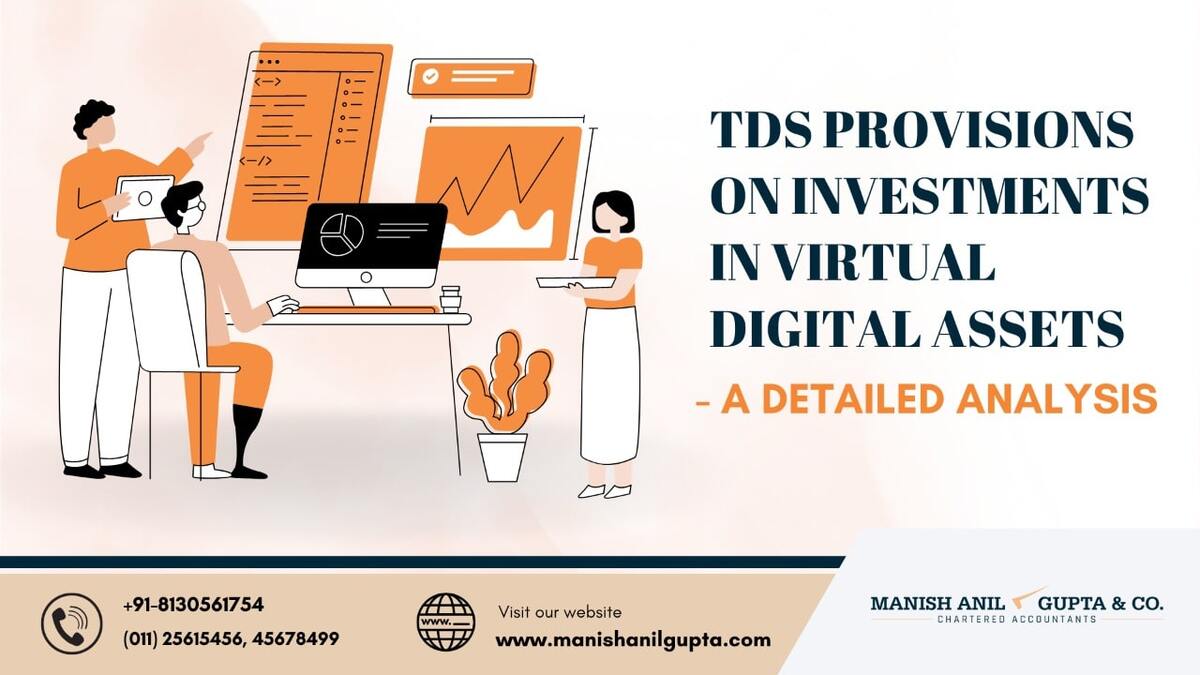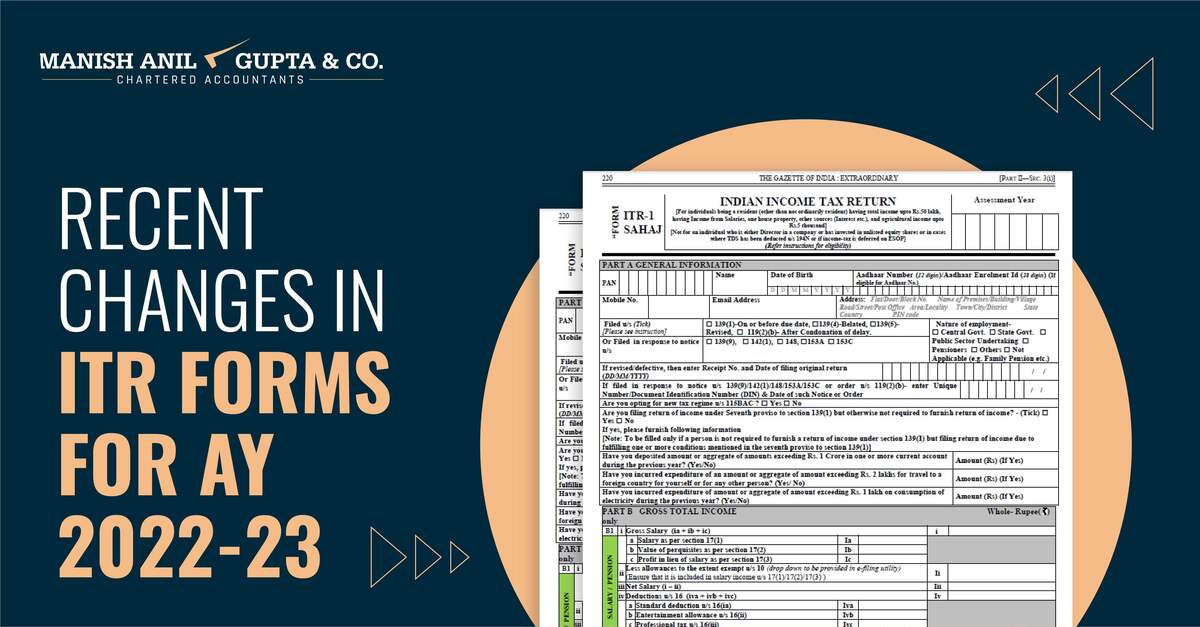Background
The Section 143(3A) / (3B) / (3C) of Income Tax Act, 1961 vest power in Central Government to make a scheme by notification to assess to impart greater efficiency, transparency and accountability. This Scheme can cover the
assessment of Income Tax under Section 143(3) or Section 144 of the
Income Tax Act, 1961.
Section 143(3A) of the said Act authorises to frame scheme through the following: -
-
Eliminate the interface between assessing officer and assessee to the extent technologically feasible.
-
Optimise utilisation of the resources through the economies of scale and functional specialisation;
-
Introduce a team-based assessment with the dynamic jurisdiction.
By purview of Section 143(3A) of the said Act, Central Government notified E-Assessment Scheme, 2019 vide Notification No. 61/2019 dated September 12, 2019. On October 7, 2019, the E-assessment scheme was launched with the inauguration of the National E-assessment Centre..
However, there were still numerous assessments which were outside the purview of the E Assessment Income Tax Scheme, and therefore, the primary purpose of no interaction between department officers and assessee was not getting solved. To overcome shortcomings of the E-Assessment Scheme, the government amended such Scheme with the Faceless Assessment Scheme vide Notification No. 60/20202 dated August 13, 2020.
The CBDT has notified the Faceless Appeals Scheme prescribing a detailed procedure for the conduct of Faceless Appeals and facilitating the e-proceedings in a centralised manner assigning the appeals to an Appeal Unit in any Regional Faceless Appeal Centre selected randomly through an automated process. After that, all communication between the appellant and the AU shall be through National Faceless Appeal Centre.
Procedure for Assessment
The assessment under the said Scheme shall be made as per the below-stated procedure:
-
The National e-assessment Centre (NEC) shall serve a notice on the taxpayer under the Section 143(2) of the said Act, specifying the issues for selection of his case for the assessment.
-
The taxpayer may file his response to the NEC within fifteen days from the date of receipt of the notice.
-
The NEC shall assign the case selected for e-assessment to a specific assessment unit in any one of the regional e-assessment centre through the fully- automated allocation system.
-
Where a case is assigned to the assessment unit, it may raise request to the NEC for the following:
-
To obtain more information, documents or evidence from the taxpayer or any other person
-
To conduct particular enquiry or verification by the verification unit and
-
To seek technical assistance from the technical unit.
-
Where the Assessment unit has requested obtaining further information, documents or evidence from the taxpayer or any other person, NEC shall issue appropriate notice to them for getting the information, documents requested by the Assessment unit.
-
Where the Assessment unit has requested for conducting of particular enquiry or verification by the Verification unit, the request shall be assigned by NEC to the verification unit through an automated allocation system.
Where the Assessment unit has requested for seeking technical assistance from the Technical Unit, the request shall be assigned by NEC to a technical department in any one Regional e-assessment Centres (REC) through an fully automated allocation system.
-
The Assessment unit, after considering all the relevant material available on the record, shall prepare in writing an assessment order in draft by either accepting thee returned income of the concerned taxpayer or modifying the returned income of the taxpayer and send a copy of such order to the NEC.
-
The Assessment unit shall, while making a draft assessment order, provide details of the penalty proceedings to be initiated therein if any.
-
NEC shall examine draft assessment order following the risk management strategy specified by the CBDT, including by way of an automated examination tool, after that it may decide to:
-
finalise the assessment as per the assessment order in a draft form and serve a copy of the order and notice for initiating penalty proceedings, if any, to the taxpayer, along with the demand notice, specifying the total sum payable by, or refund based on such assessment; or
-
Provide an opportunity of being heard to the respective taxpayer by serving a legal notice calling upon him to show cause as to why the assessment should not be completed as per the concerned draft assessment order; or
-
Assign the draft assessment order to the review unit in any one REC, through a automated allocation system, for reviewing such an order.
-
The Review unit shall conduct a review of the draft assessment order, referred to it by NEC whereupon, it may decide to -
-
Concur with the draft assessment order and intimate NEC about such a concurrence; or
-
Suggest the modifications, as it may deem fit, to the draft assessment order and send its suggestions to the NEC.
-
The NEC shall, upon receiving the concurrence of the review unit, follow a specified procedure and upon receiving suggestions for the modifications from the review unit, communicate the same to the Assessment unit.
-
The Assessment unit shall, after considering the modifications suggested by the Review unit, send the final draft assessment order to the NEC.
-
The NEC shall, upon receiving the final draft assessment order, follow a specified procedure.
-
The taxpayer may, in a case where a show-cause notice has been served upon him, furnish his response to the NEC on or before the date and time specified in the notice.
-
Where no response to the show-cause notice is received, the NEC shall, finalise such an assessment as per the draft assessment order or in other cases, send the response from the taxpayer to the respective assessment unit.
-
The assessment unit shall, after taking into consideration, the response furnished by the taxpayer, make a revised draft assessment order and send it to the NEC.
-
The NEC shall, upon receiving such revised draft assessment order –
-
In case no modification is prejudicial to the interest of taxpayer is recommended regarding the draft assessment order, finalise the assessment as per that specified procedure or,
-
In case an amendment prejudicial to the interest of the taxpayer is offered concerning the draft assessment order, provide an opportunity of being heard to the taxpayer.
-
The response furnished by the concerned taxpayer shall be dealt in accordance with the prescribed procedure.
-
The NEC shall, after completion of the assessment, transfer all electronic records of the case to the Assessing Officer (AO) having a jurisdiction over such case, for –
-
Imposition of the penalty,
-
Collection and recovery of the demand,
-
Rectification of a mistake,
-
Giving effect to the appellate orders,
-
Submission of remand report, other reports to be furnished, or any such representation to be made, or any record to be received before the Commissioner (Appeals) [CIT(A)], Appellate Tribunal or Courts,
-
a proposal seeking sanction for the launch of prosecution and filing of a complaint before Court.
Procedure for Penalty
-
Any unit may, in the course of respective assessment proceedings, for the non-compliance of any notice, any direction or order issued under this Scheme on the part of the taxpayer or any other person, send a recommendation for the initiation of any penalty proceedings under Income Tax Act, against such a taxpayer or any other person, as the case may be, to the NEC, if it considers necessary or of much importance or expedient to do so.
-
The NEC shall, on receipt of such recommendation, serve a legal notice on taxpayer or any other person, as the case may be, calling upon him to show cause as to why the penalty should not be imposed on him under the said Act.
-
The response to show – cause notice furnished by the said taxpayer or any other person, if any, shall be sent by the NEC to the concerned unit which has made the recommendation for the penalty.
-
The said unit shall, after taking into consideration the response furnished by the concerned taxpayer or other person, as the case may be:-
-
Prepare draft order of penalty and send a copy of such draft to NEC; or
-
Drop the penalty after recording reasons, under the intimation to the NEC.
-
The NEC shall levy a penalty as per the said draft order of the penalty and serve a copy of the same document on the taxpayer or any other person, as the case may be.
Procedure for Appeal
An appeal is processed against an assessment order made by the NEC under this Scheme can be filed
before the Commissioner (Appeals) having a jurisdiction over the jurisdictional Assessing Officer.
Communication and Electronic Record
-
All the communications between the NEC and the taxpayer, or his authorised representative, shall be exchanged exclusively by an electronic mode; and
-
All internal communications between the NEC, REC and various units shall be exchanged exclusively by electronic mode.
-
The originator shall authenticate all the electronic records issued under the Scheme by affixing his digital signature.
-
Every legal notice or order or any other sort of electronic communication under the aforesaid Scheme shall be delivered to the concerned taxpayer, by way of:
-
Placing an authenticated copy of the communication made in the taxpayer's registered account; or,
-
Sending an authenticated copy thereof to the registered e-mail address of the taxpayer or hiss authorised representative; and
-
Uploading an authenticated copy in the assessee's Mobile Application, and followed by a real-time alert to the respective taxpayer.
-
The taxpayer shall file his reply/response to any legal notice or order or any other sort of electronic communication, under this Scheme, through his registered account. Once an acknowledgement is sent by NEC which contains the hash result generated upon the successful submission of a response, the response shall be deemed to be authenticated.
Appearance of Taxpayer before Centre and Units
-
A persons is not required to appear either in personal or through an authorised representative in connection with any proceedings under the afore-said Scheme before the IT authority at the NEC or REC or any unit set up under the said Scheme.
-
In a case, where a modifications are proposed in the draft assessment orders, the concerned taxpayer will be allowed to make submissions against such modifications. Also, the taxpayer or his authorised representative is also entitled to a personal hearing before the income tax authority in any units under this Scheme. Such hearing would be conducted through the video conferencing exclusively, including through video telephony, under the procedure laid down by the CBDT.
-
An income-tax authority has the power to examine a taxpayer or record the statement of any taxpayer under this Scheme. The income tax authority would do same through video conferencing or the video telephony.
-
To facilitate the Scheme, the CBDT shall establish suitable facilities for video conferencing and video telephony at such locations as may be necessary.
Power to Specify Process and the Procedure
The
Principal Chief Commissioner / Principal Director General, in charge of NEC, shall lay down standards, procedures and process for the effective functioning of the NEC, Regional e-Assessment C and the units set-up under this Scheme. The system shall function in a automated, mechanised environment, including the format, mode, procedure and processes in respect of the following, namely:
-
Service of notice, order or any other kind of communications;
-
Receipt of any informations or document from the persons in response to the notice, order or any other communication;
-
Issue of acknowledgement of response furnished by the person;
-
Provision of the e-proceeding facility including login account facility, tracking status of assessment, display of relevant details, and facility of download;
-
Accessing, verification and authentication of the information and response including the documents submitted during the said assessment proceeding;
-
Receipt, storage and retrieval of informations or documents in a centralised manner;
-
General administration and the grievance redressal mechanism in the respective Centres and units.
MAG Comments :
The Faceless Assessment is a big step in reducing the Department's interference from people's lives and ensures quick assessment of cases. Further, another major cause is that the Income Tax department has been progressively reducing the percentage of cases picked up for the scrutiny assessment so as to establish the fact that the department places trust on the taxpayer.
If you are stuck in any dispute with the Income-tax department, you can contact us at info@manishanilgupta.com. Our team of experienced professionals will help you fulfil all the requirements in the Faceless Assessment procedure and resolve the case.

Rahul Pareva
Director-International Taxation and Litigation, ACA
“Confidence Comes From Keeping The Promises You Made To Yourself.” .
View Profile
Discuss with expert
